As the days get older, driving in the virtual world becomes more of a reality. Given the weather this time of year, it might be even more attractive.
This appeal is likely to be even greater if you could race on the streets of Italy. And you can. Each of this year’s stages of the Giro d’Italia has been lovingly recreated as part of a virtual race open to all. All you need is a smart indoor setup, the requisite Bkool app, and a desire to compete with others as you follow in Pogačar’s footsteps
However, if you still enjoy getting outdoors, we have three interesting pieces of “real world” gear for you, including a PFAS-free rain jacket and a pair of carbon handlebars designed for gravel racing.
BKool Giro d’Italia Virtual Race
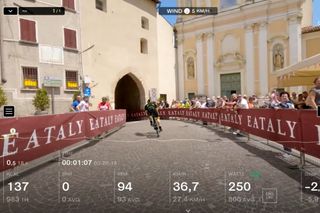
The virtual Giro recreates stages of this year’s race
(Image credit: Bkool)
This year’s Giro was certainly unforgettable. While it will forever go down in the annals of history as part of Tadej Pogačar’s season, there were also many notable stages; There was Stage 6, which took in Tuscany’s iconic white gravel roads, as well as the short but hectic Stage 10, which took place in the shadow of Mount Vesuvius, and the epic Queen Stage, which included 5,500 meters of elevation gain, including an ascent of Mount Vesuvius mighty Mortirolo.
If you’ve been watching the race and imagining yourself in the thick of the battle, you can now make that dream come true, at least to some extent. RCS Sport and Bkool have teamed up once again to present the Giro d’Italia Virtual.
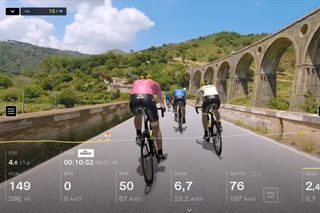
The Italian landscape is accurately represented via the Bkool app
(Image credit: Bkool)
Equipped with a smart trainer and a subscription to the Bkool app, fans can retrace the route in 2024; Stages recorded during the actual event will be offered through what Bkool calls “immersive simulation technology.” Looking at the screenshots, the graphics appear reasonably realistic; You even benefit from virtual fans cheering you on the side of the road.
The Giro d’Italia Virtual starts on Tuesday and will publish a new stage every 15 days until May 2025. Participants will be entered into a prize draw that includes exclusive experiences during the next edition of the Giro. Drivers can also share the roads of Italy with special guests like Remco Evenepoel and Alberto Contador.
If you’re interested in joining in but haven’t yet subscribed to Bkool’s service, Bkool offers a free 30-day trial. For more information, visit www.girovirtual.com
Santini Non-PFAS Magic rain jacket
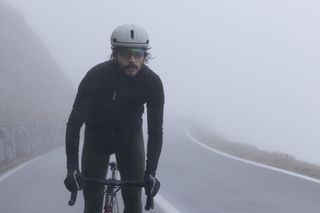
Santini’s Magic rain jacket aims to combine waterproofing and breathability
(Image credit: Santini)
When it became clear that the industrial chemicals used in some waterproof fabrics, called PFAS (polyfluorinated alkyl substances), were harmful to both our health and the environment, cycling clothing brands had to take note. Recently, we have seen the retirement of some rain jacket models and the introduction of several PFAS-free alternatives.
Santini entered the race with his new Magic rain jacket. It’s made from Polartec’s Power Shield RPM fabric, a 100% recycled two-layer polyester that features a “highly breathable monolithic membrane and a durable water-repellent treatment.” In numbers this means a hydrostatic head of 10,000mm to keep the rain out, combined with breathability of 20,000g/m2/24 hours.
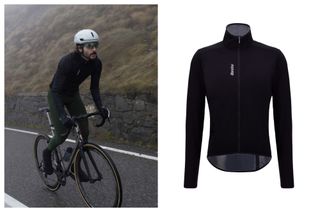
Rain capes need to be light and the Magic has a weight rating of 150 grams
(Image credit: Santini)
According to Santini, the Magic is lightweight – reportedly 150g in size M – and has a high degree of stretch. We saw the jacket up close and the first impression was good. We were particularly impressed by the softness of the material, which promises not only a comfortable but also quiet driving experience. Other details include a two-way front zip and a side zip pocket where you can store the jacket when not in use.
Currently, the jacket is only available in black (there’s a reflective logo on the back), but Santini says three different color options will launch in spring next year. A Magic Vest will also be released at this time.
FSA K-Force AGX Gravel Bar and extensions
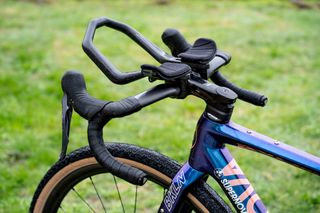
FSA developed the K-Force handlebars and strap specifically for gravel racing
(Image credit: FSA)
The popularity of Gravel racing appears to be showing no signs of slowing down. While this is clearly evident in the speed at which major events sell out, it is also evident in the number of specialty products coming onto the market.
Take FSA’s new K-Force AGX handlebars. They’re described as a “premium gravel-specific option” that can be combined with the loop extensions to form what the Italian brand calls a “dynamic duo for competitive gravel racers and long-distance adventurers.” The two disciplines are often intertwined, as both emphasize comfort and performance.
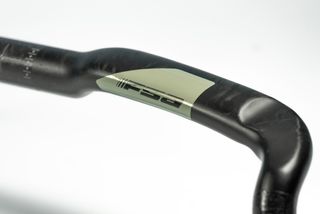
The 10 mm gradient is intended to increase comfort on long journeys
(Image credit: FSA)
To achieve this, the carbon handlebars are designed to a shape that balances ergonomics with aero characteristics to enable control and reduce stress on the body. On the drops, the handlebars are set at 25°, which is intended to improve stability when the going gets tough. This is coupled with a reach and drop of 70 and 100mm respectively, which FSA says provides “flexibility between an aerodynamic position and an upright posture for more relaxed control on smoother surfaces”. There’s also a 10mm rise on the tops, which are flattened, presumably to improve both comfort and aerodynamics. The stated weight for the 420mm size is 320 grams.
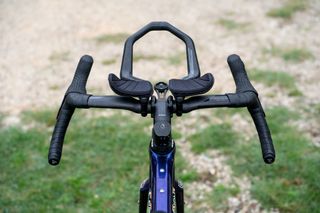
The loop extensions can be adjusted in both length and arm position
(Image credit: FSA)
The Loop continues the theme, allowing riders to become more aerodynamic but also reduce body fatigue. The carbon extensions are adjustable in length and armrest position, providing not only a few additional hand positions, but also additional space for bikepacking gear.
Rule 28 Aero clothing and accessories
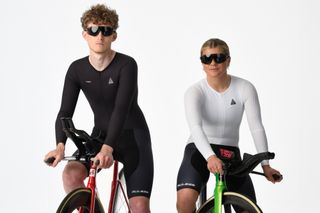
Saving watts is the focus of Rule 28’s new kit
(Image credit: Rule 28)
Rule 28 specializes in making your cycling clothing a little faster. In keeping with this ethos, the aero specialist has released two new series, the Neo and the One.
The Neo range uses the brand’s dual-layer technology, while the One, unsurprisingly, only uses a single layer. Both are applied to a range of products. There’s the new Neo Suit, a skinsuit that’s said to deliver a 10-watt improvement over the existing 1.1 suit and base layer when riding at speeds between 40 and 50 km/h. If you are able to go faster, say 60 km/h, then these gains increase to 34 watts according to Rule 28. Other items in the Neo range include suits for the TT and triathlon disciplines as well as calf protectors, overshoes and socks.
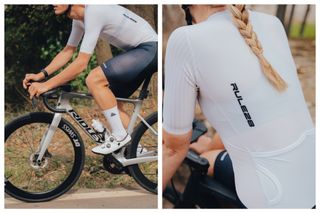
The Rule 28 street skinsuit in action
(Image credit: Rule 28)
The One collection also features some improvements over the current models; The TT skin suit, for example, is said to be 13 watts faster at 40-45 km/h. Perhaps the real headline point here, however, is that many of the brand’s single-layer products have previously only been available to professional and Olympic athletes, fulfilling founder Sam Calder’s promise to “bring World Tour-level technology to the public.”



